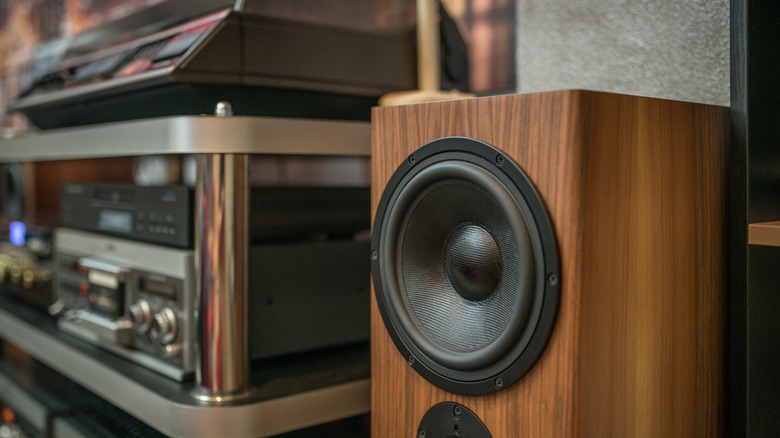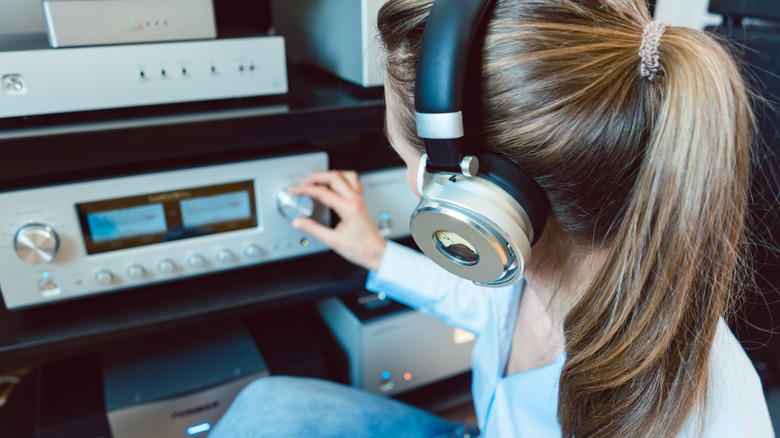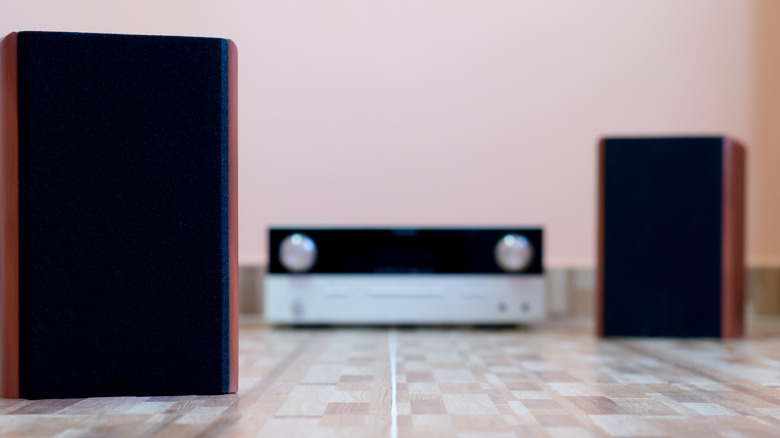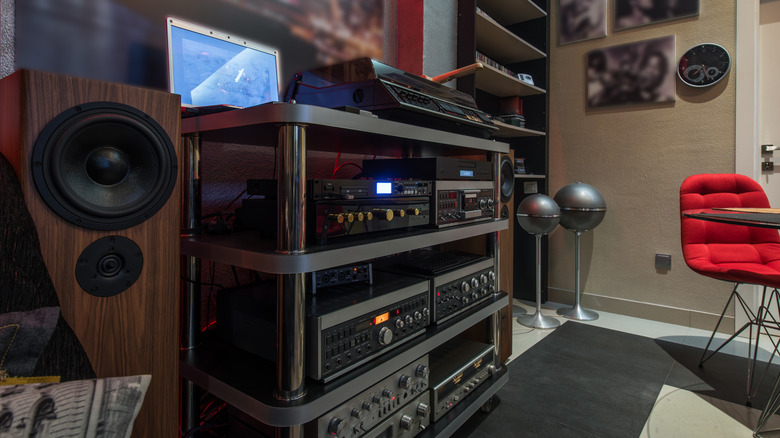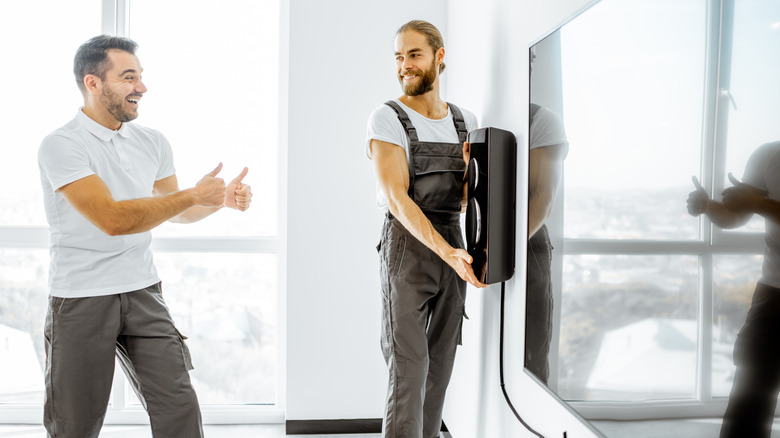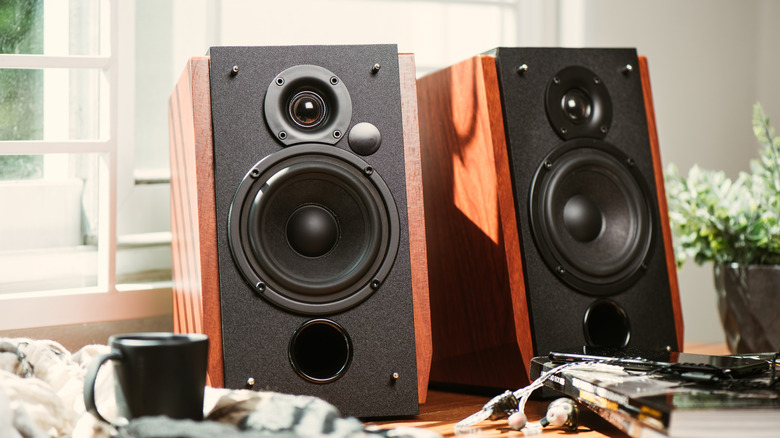Hi-Fi 101: The Basics You Should Know
Music is more accessible than it has ever been, but some argue that the ways in which we consume it haven't improved quite as much. While services like online music streaming and features like Bluetooth make it easy to listen to whatever you like, wherever you like, this convenience comes at a cost: quality. If quality is what you're after, you will find that the best listening experiences come in the form of Hi-Fi or High Fidelity setups — purpose-built, immobile setups designed to reproduce recordings as faithfully as possible.
As with any other niche that chases ever-better standards of quality, Hi-Fi audio can be a very complex and daunting hobby to approach, and if you're not careful, you could wind up wasting money on equipment that either falls short of needs or far exceeds them. To make the process as simple and approachable as possible, here's a quick explainer that should set the groundwork for your journey.
Modern Hi-Fi setups
Modern Hi-Fi systems can generally be separated into two categories: all-in-one and custom setups.
All-in-one or integrated setups are generally comparatively compact and include multiple inputs (CD/streaming/Bluetooth/aux) in a central console connected to a pair of speakers, all from one manufacturer. A decade or two ago, going with an integrated system would have come with a drop in quality and reduced flexibility in exchange for lower prices and easier setup, but you can now find very high-quality setups that can go toe-to-toe with similarly priced if not more expensive, custom setups. If you just want a simple setup that sounds good and takes minimal effort to set up, an integrated system is likely your best bet.
If you want to be more involved in the process, you will want to build a custom setup. As the name suggests, you create your own Hi-Fi setup with whichever sources, amps, speakers, and other accessories you may like. As inputs and outputs are standardized across the industry, you can mix and match brands and equipment as you wish, which gives you far more flexibility when it comes to fine-tuning a setup to meet your requirements, be they sound, power, size, aesthetics, or budget.
The components of a Hi-Fi setup
A Hi-Fi setup will have three basic parts: a source, an amplifier/receiver, and a pair of speakers.
Your source will be the device you use to play music — this can be anything from a record player to your phone. The source will read the music from whatever medium it's stored on and generate a signal which is sent to the next component, the amplifier.
At a basic level, the amplifier takes the incoming signal from the source and, as the name suggests, amplifies it enough to power the crossover circuitry and drivers in a pair of passive speakers. Amplifiers will usually have multiple inputs to connect multiple sources, tone controls to fine-tune the sound of your music, and volume control.
The final component is the pair of speakers. Speakers can be generally divided into two types: passive and active. Passive speakers are generally more affordable and far more common than their active equivalents, and with good reason: they are relatively simple and rely on an amplifier to power them as they don't have their own power source or amplification.
Meanwhile, an active speaker will require external power as it has a built-in amplifier and doesn't need to be driven by an external one. This drives up the cost and complexity of the speakers themselves, but they can also be far more convenient than passive speakers since they can connect directly to a source, thus eliminating an entire component — the amplifier.
Planning your own Hi-Fi setup
First of all, you must have an idea of what your setup needs to accomplish. What sources will you be using? If vinyl is your thing, you will need an amp/receiver which is compatible with your turntable and if you're going to be streaming off the internet, you'll need Wi-Fi or Ethernet connectivity as well as support for your service of choice.
Secondly, set a budget and stick to it. High-end Hi-Fi equipment can get very expensive very quickly, so make sure you find what works for your budget. Even if you are on a budget of a few hundred dollars, you may be surprised by how good a setup you can build on a small budget and a good amount of research. Another way you can stay budget-conscious is by seeking out used but well-taken-care-of equipment.
Now, go online and start researching each of the components you will need while staying within your budget. The internet has all the information you will need to create an equipment shortlist, and once you have made one, try to listen to the equipment in the real world before making your purchase because what sounds good to one online reviewer's ears may not sound good to yours. Naturally, if your access to these opportunities is limited, online reviews should be enough to inform your decisions. At the end of the day, there will always be a margin for error.
Installing your new Hi-Fi setup
You can put your source(s) and amplifier more or less wherever you like, so long as they are accessible, and you have enough cable to connect them to each other and your speakers. You might want to consider keeping your source and amplifier on a shelf or in a cabinet that will limit outside vibrations and electronic interference while allowing sufficient ventilation, but you may not notice a difference in the real-world listening experience, especially when you are just starting out.
Speaker placement is far more important because they produce the sound you have put all of this time and effort into enjoying. Factors you will want to consider include the distance between the speakers themselves, the distance between the speakers and the listener, the space between the speakers and the walls of the room, and the angle at which the speakers face the listener. They will all impact the quality of the final sound.
After you have connected all of your components together and placed them where you want them, you will likely have to let your speakers play at a moderate volume for at least 20 hours in order to break them in and have them perform as intended. Keep in mind that you might have to adjust the positioning of your speakers once they have been broken in, as their sound will have changed, though probably not by a large amount.
Know the limits of your system
All a Hi-Fi setup does is reproduce a recording as faithfully as possible, so if that recording is low quality, you're out of luck. A 96kbps MP3 can't contain as much data as a FLAC file, and a badly-produced CD won't sound as good as a well-produced one.
Beyond the quality of your source, the quality of your setup will matter too. $50 speakers won't have the same clarity, range, and power as a $500 dollar pair. The same goes for amplifiers and other equipment. Start small, don't bankrupt yourself by building the most expensive setup, and be wary of snake oil salesmen. From "high quality" cables that cost as much as a car to mysterious boxes that claim to remove all noise and interference, the audiophile market is as full of tech that is a total waste of money. Thankfully, there are plenty of forums and groups that will be able to set you on the right path should you have any doubts such as Stereophile, Audio Science Review, and the Audiophile subreddit.
Size can matter too. You won't be able to fill a room with a pair of small desktop speakers, and similarly, an underpowered amplifier may struggle to power a set of large floor-standing tower speakers. Make sure your equipment is of the required size and power to fill your listening space with the music you're playing.
